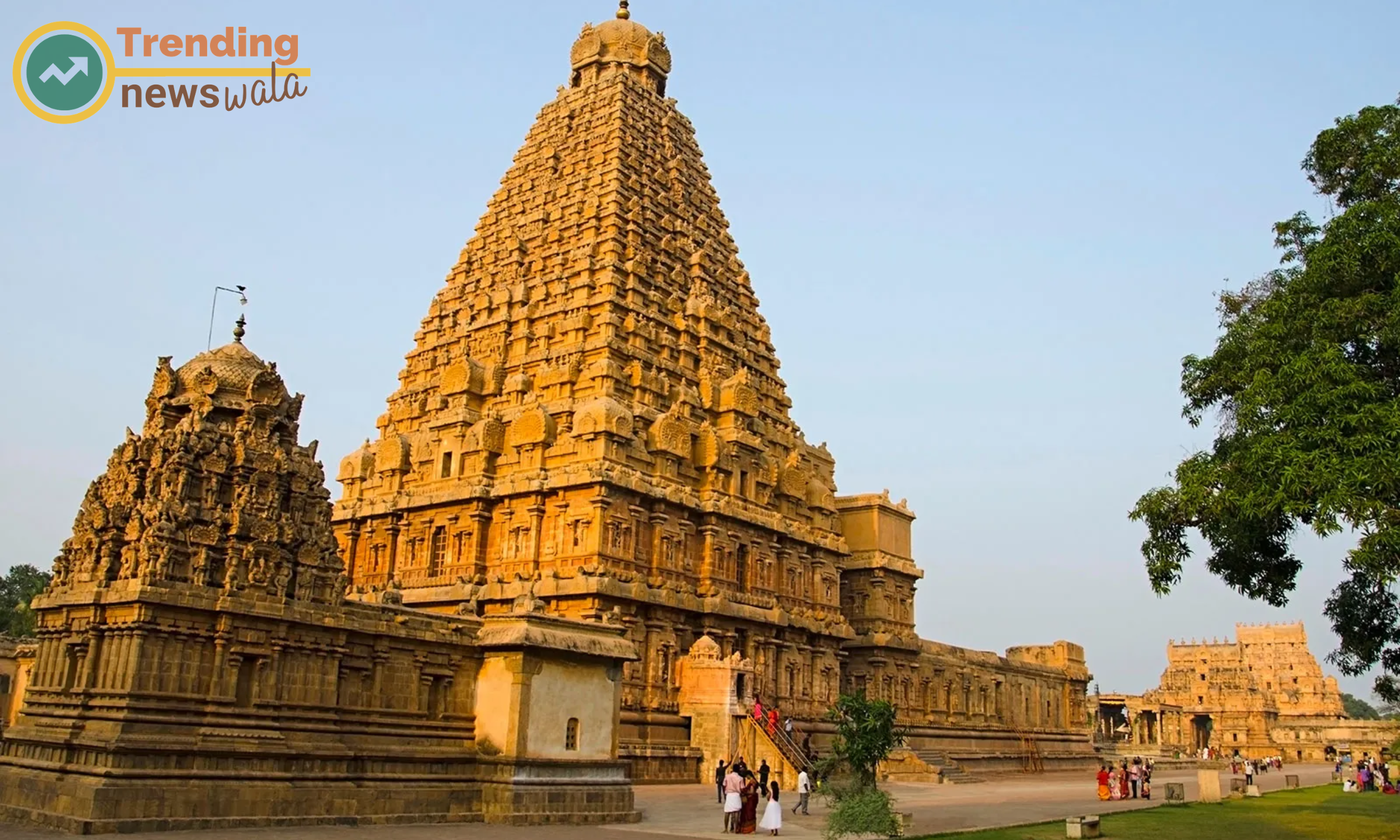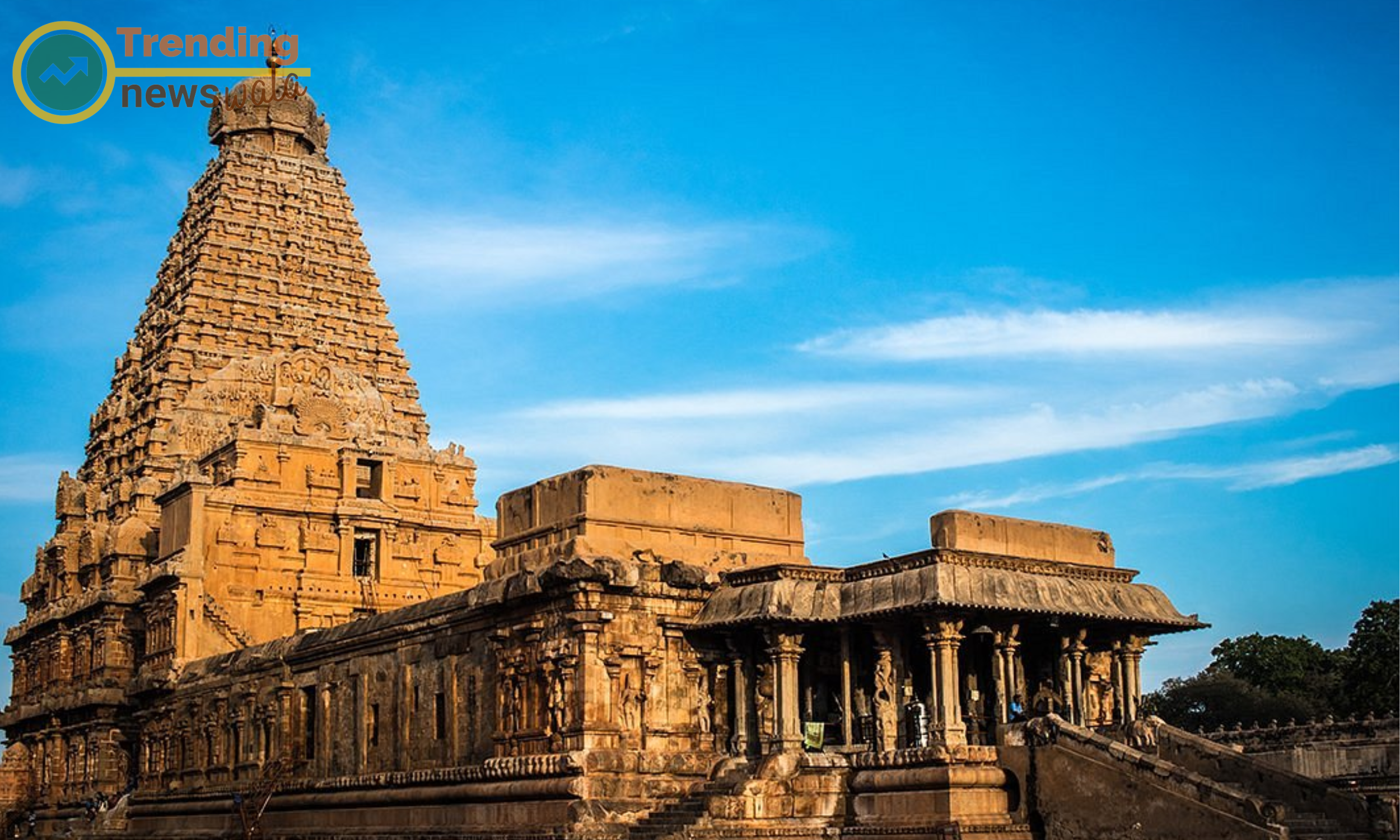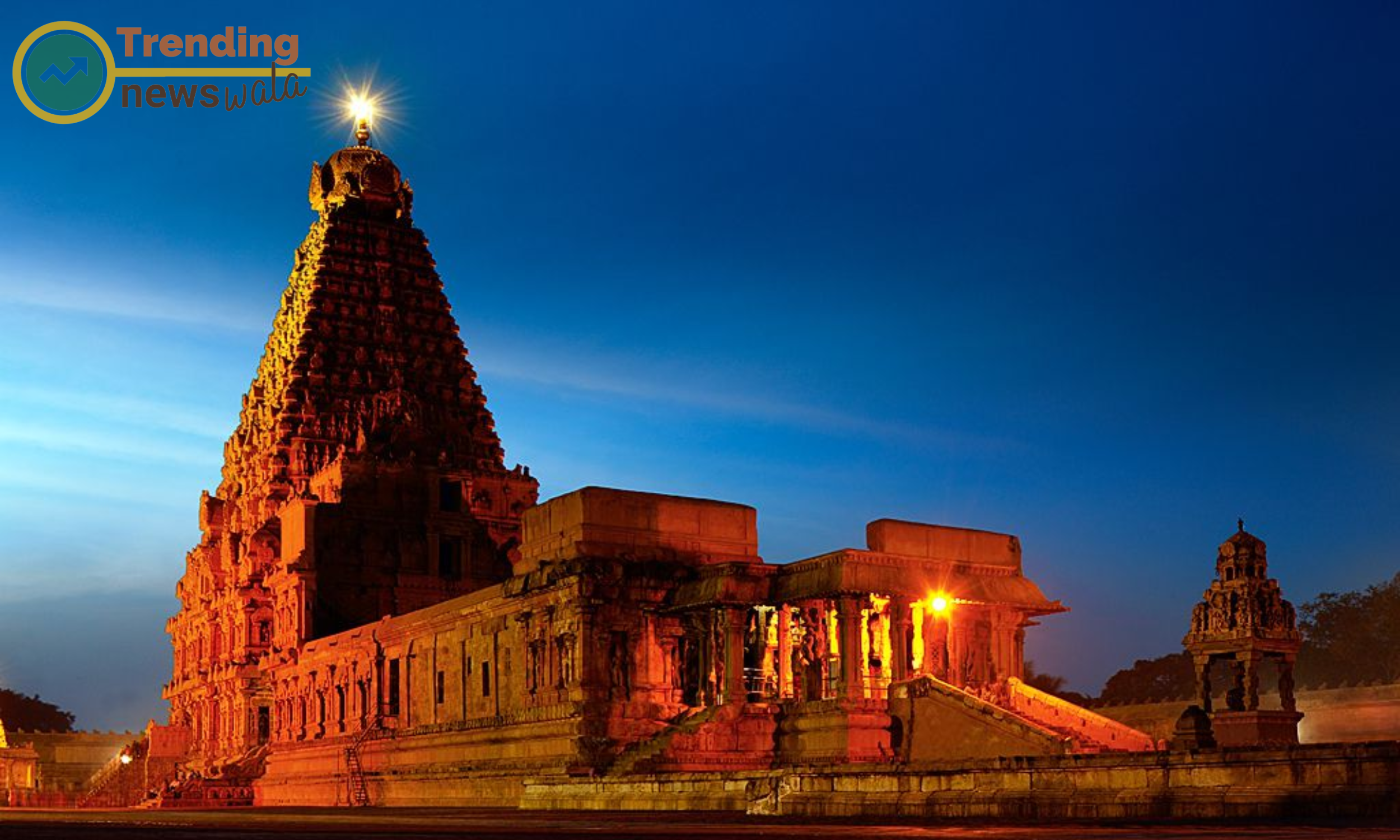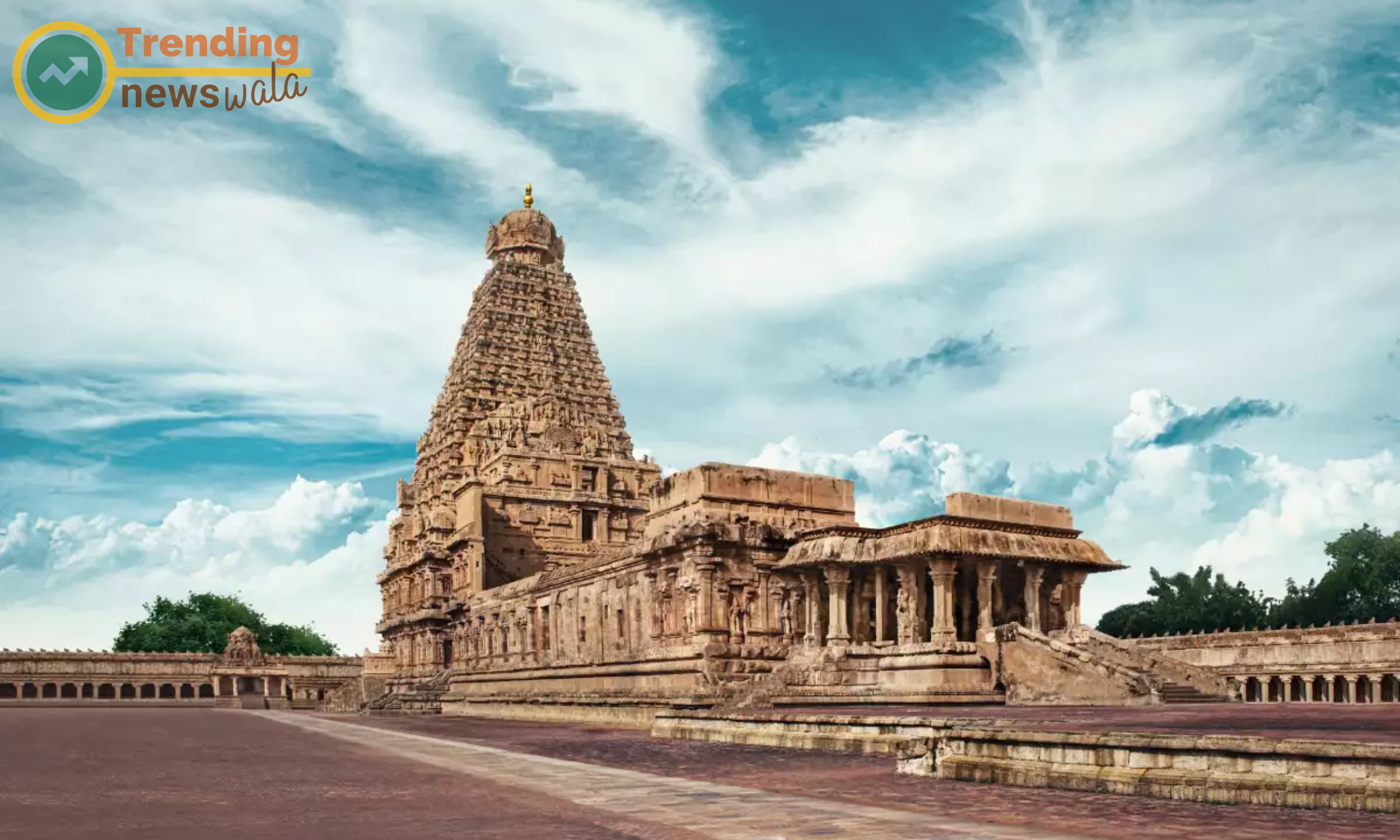Brihadeeswara Shiva Temple in Thanjavur
Brihadeeswara Shiva Temple in Thanjavur the architectural marvels, intricate sculptures, and rich cultural heritage Site dedicated to Lord Shiva
Aditya Pandey

Nestled in the heart of Tamil Nadu, the Brihadeeswara Shiva Temple in Thanjavur stands as a testament to the rich cultural and architectural heritage of India. Also known as the Peruvudaiyar Kovil, this ancient temple is a masterpiece that has withstood the test of time, captivating visitors with its grandeur, spirituality, and historical significance.
The Brihadeeswara Shiva Temple in Thanjavur is not just a structure made of stone; it is a living testament to the artistic and architectural brilliance of ancient India. Its grandeur, historical significance, and spiritual aura make it a must-visit destination for those interested in exploring the rich cultural heritage of the country. As this temple continues to stand tall after a millennium, it serves as a beacon connecting the present with the glorious past of the Chola dynasty.
Historical Background
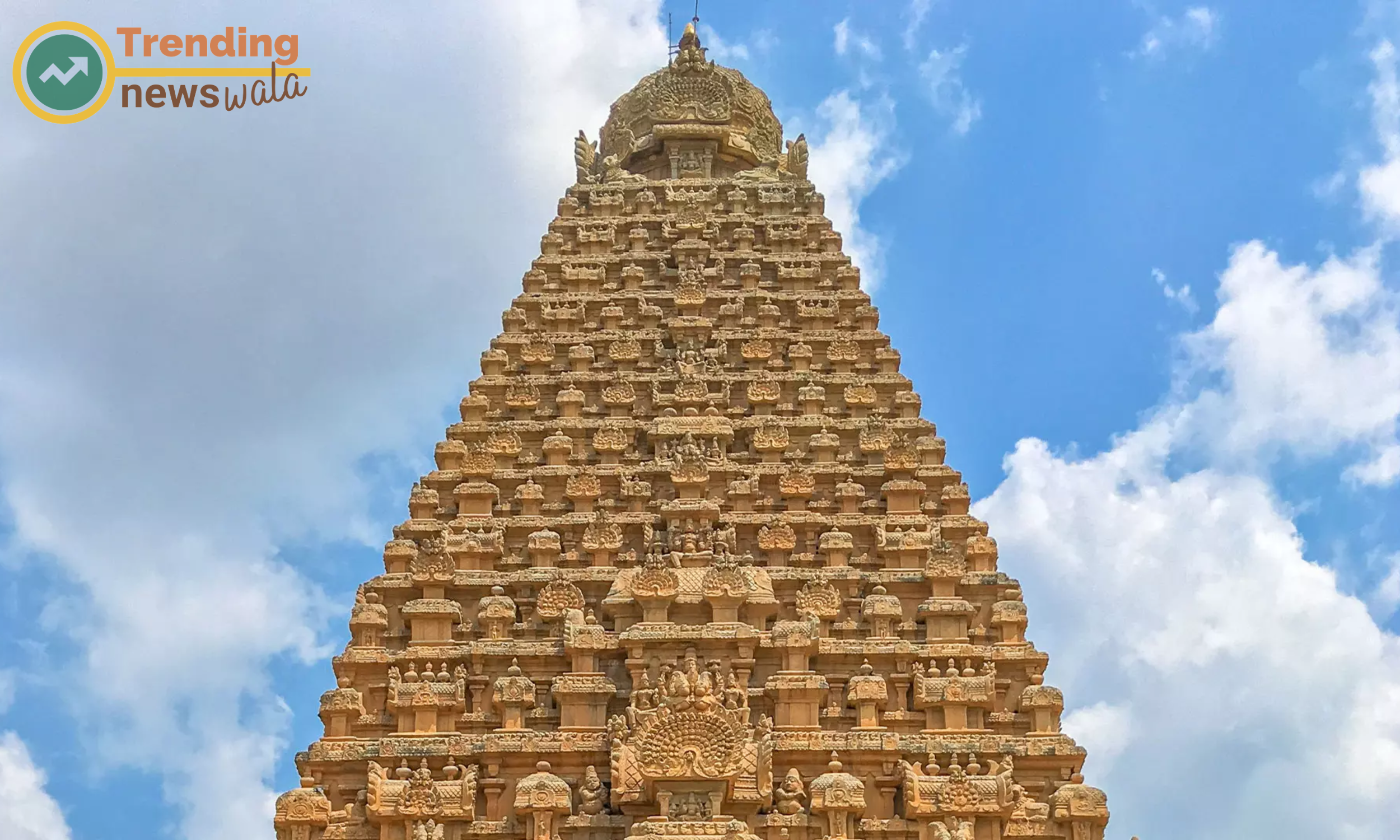
Historical Background , Brihadeeswara Shiva Temple in Thanjavur
The study of history serves as a lens through which we can peer into the past, unraveling the intricate threads that have woven the fabric of our present reality. Historical background, the contextual foundation upon which events and civilizations unfold, plays a pivotal role in shaping our understanding of the world. In this article, we delve into the significance of historical background and its role in providing insight into the complexities of human existence.
Defining Historical Background: Historical background refers to the circumstances, events, and cultural, social, and economic conditions that precede a particular event, era, or civilization. It serves as the backdrop against which historical narratives unfold, offering a deeper understanding of the forces and influences that have shaped the course of history.
Understanding the Context: To fully grasp the meaning and implications of any historical event, it is crucial to examine the historical background surrounding it. Context provides a framework for interpretation, allowing historians and enthusiasts alike to appreciate the motivations, challenges, and aspirations of the people who lived in a specific time and place.

